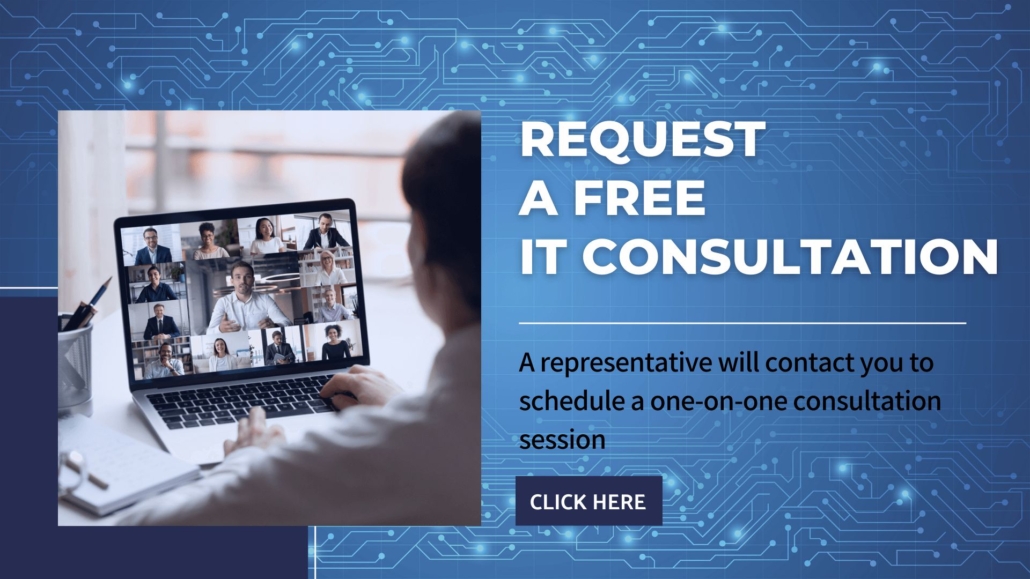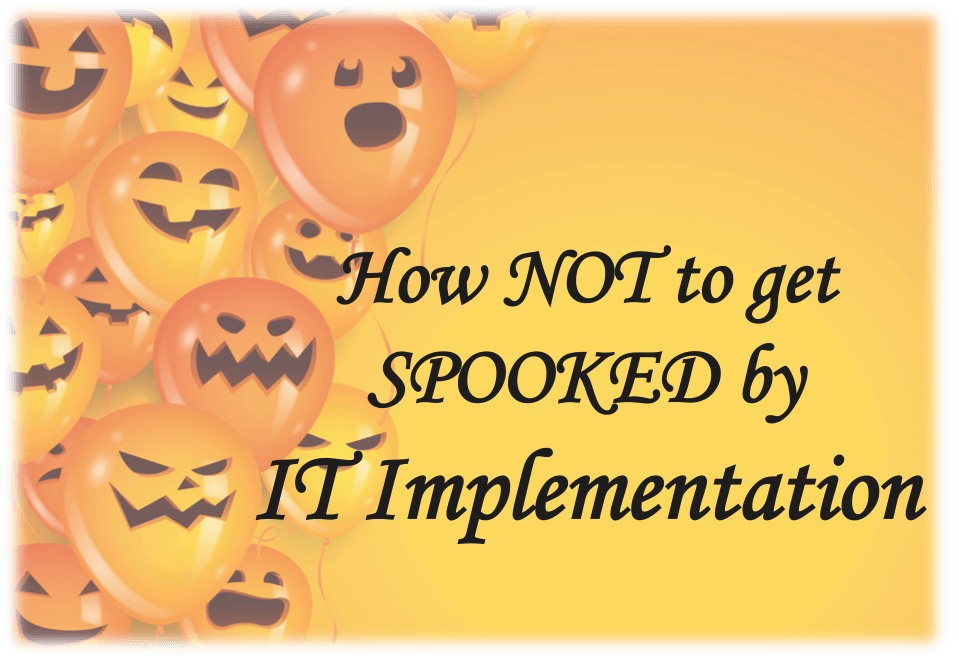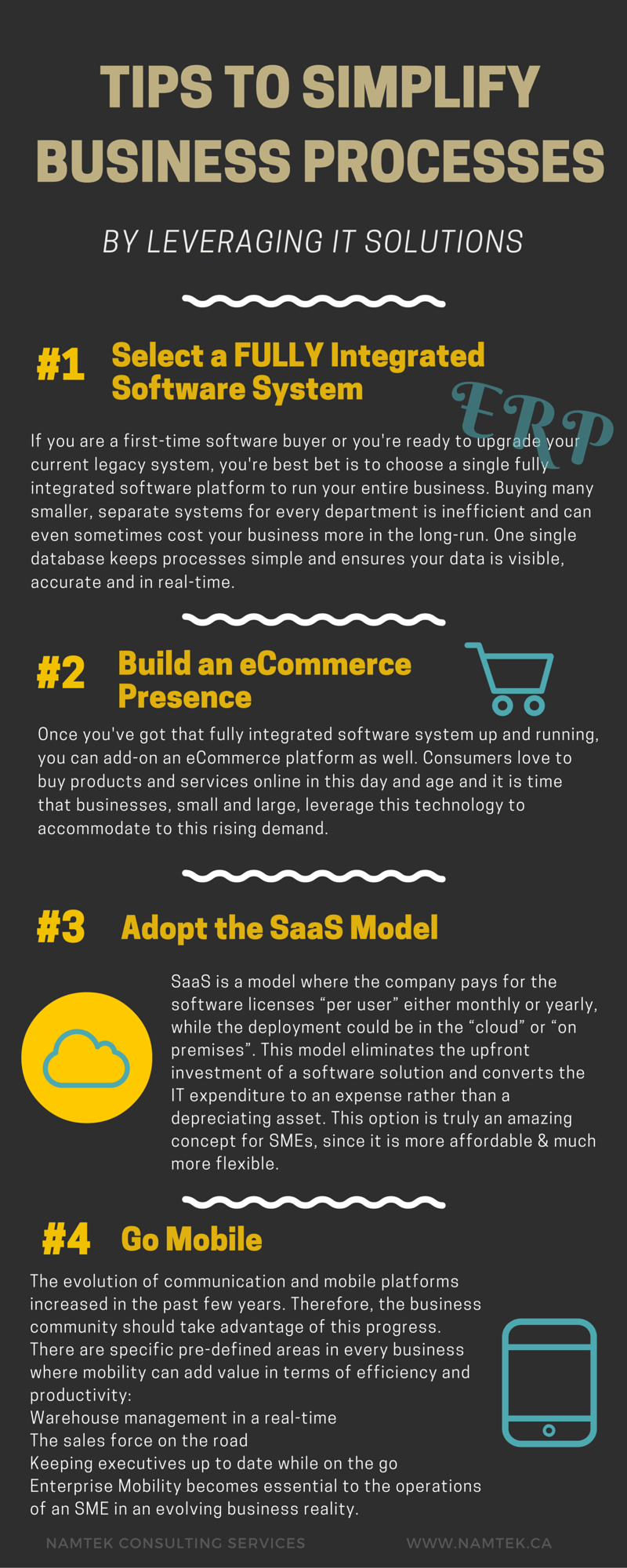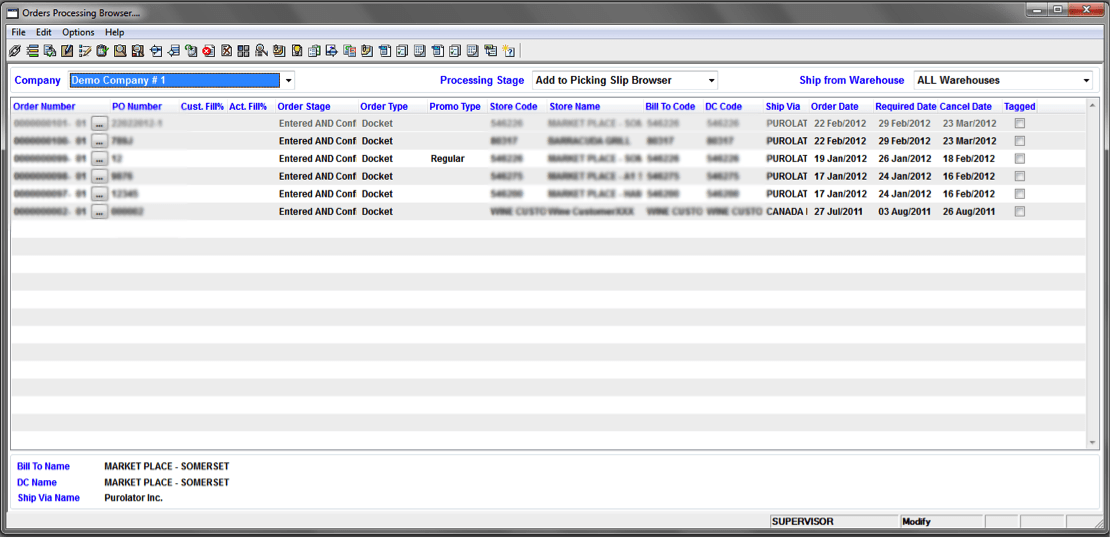Accepting Change During & After IT Software Implementation
Last Updated on July 4, 2023 by Tatyana Vandich
IT Software Implementation
IT Software Implementation is a crucial step in improving an organization’s processes. This article explores the different stages and best practices required for a successful implementation. Discover how to effectively plan, prepare, deploy, and maintain software while minimizing operational disruptions. Maximize your company’s potential by establishing robust processes and fully leveraging the software’s functionalities.
One of the biggest challenges a company faces during an IT implementation project is having all employees (aka users of the new system) accept that change is coming. Many employees get used to doing specific tasks the same way each time. At a certain point in time, these tasks become habit. The implementation of a new software system, like an ERP solution, basically forces these employees to break their habits by completing their tasks and projects a different way, albeit more efficiently.
The whole point of switching from an outdated system (or no system at all) to a new fully integrated ERP solution is to improve business processes, increase productivity, accuracy of data and organizational transparency. In this day and age, executives are looking to eliminate the need for manual data entry, where many human errors can occur, in order to have quicker access to important data to make better-informed decisions. All of these improvements allow companies to grow and succeed in today’s challenging business environment. Therefore, knowing this, it’s important for users of the new system to realize that the way they used to complete tasks will not be the same after implementation. This is where resistance occurs.
IT Software Implementation: What to do?
The first step is to help your employees understand and accept that change is required to properly use the new system. By trying to do things the old way, many errors or roadblocks will occur. By focusing on the big picture and understanding how the whole process of implementation will work, employees will be more open to change.
Second step is to make sure all the users of the system go through sufficient training. Most IT companies will charge a reduced rate for a set block of hours, which is the best way to go. Without the right training, employees will not know how to use the system as they should and inefficiencies will definitely occur.
Most of the time, change (for the better) is just what a company needs to move forward. However, many get too afraid to take this step and it can hinder their company’s growth and success. Implementing a fully integrated ERP solution may be difficult at first but can make all the difference in the long run. For a smooth transition from old to new, proper understand of the implementation process and the goals of the new system as well as sufficient user training is necessary.












